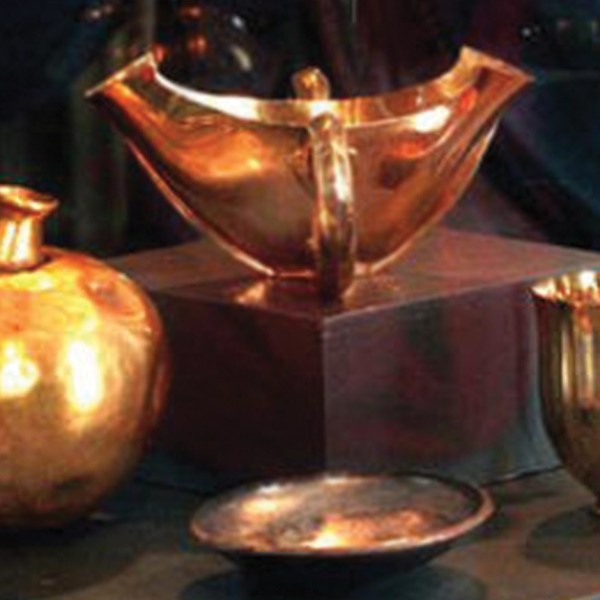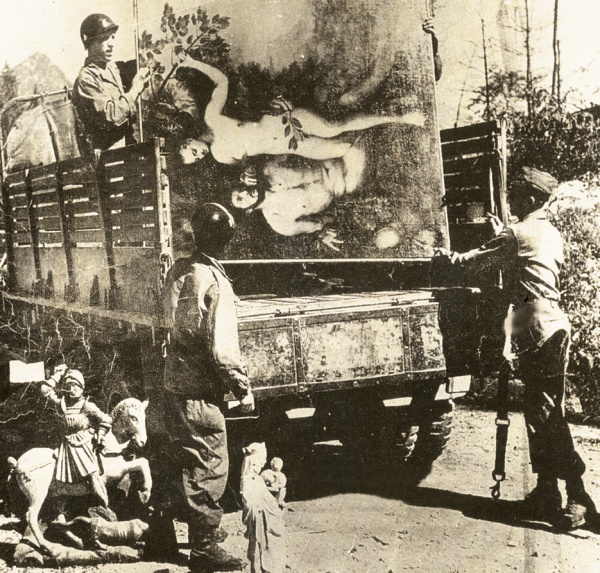

Troy and History of The Excavations
- 31 Who excavated Troy first?
- 32 How much of Troy has been excavated?
- 33 Which methods are used in the excavations?
- 34 In which layer was the “Priamos Treasure“ found?
- 35 Where is “Priamos Treasure“?
- 36 Are some written documents found in Troy excavations?
- 37 What was the reason of Korfmann's excavations?
- 38 What had changed the excavations of M. O. Korfmann?
- 39 Was Troy a trade center?
- 40 What would happen if Troy was not excavated?